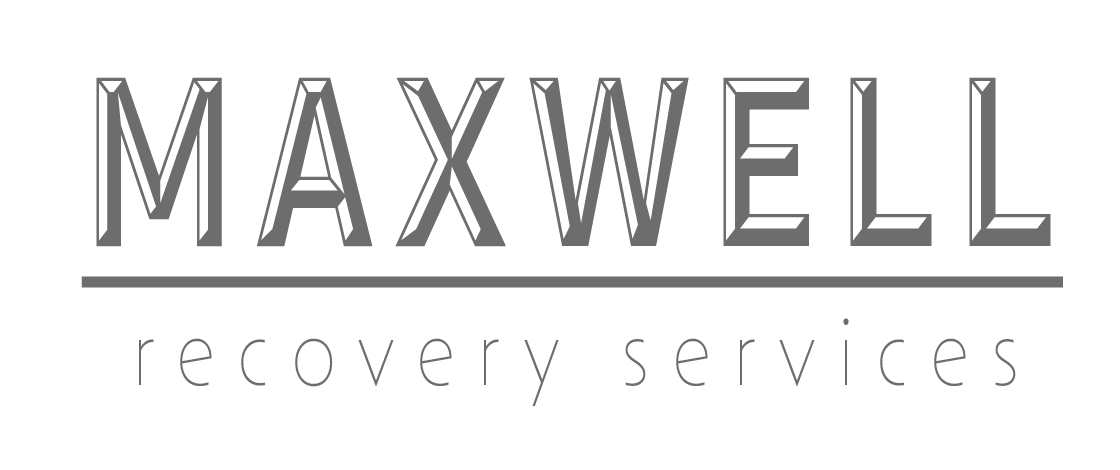The Silent Struggle of addiction in the Roaring Fork Valley
As a Roaring Fork Valley native, I enjoy a full-scale view of Mt. Sopris daily, a constant reminder of how charming and special a place this is. There is beauty and serenity everywhere you look. Outside Magazine’s designation of Carbondale as one of the “top 10” places to live still rings true. From a very young age, I have been told that I am very lucky to have grown up here, and the unique beauty found here leads me to agree.
Yet the Roaring Fork Valley is not exempt from the problems of a larger and less beautiful community. For a small valley, we have a remarkable number of addiction-related deaths, with many people not getting the support and help they need. Last year, 11 people lost their lives to overdoses in Garfield County alone, according to the Centers for Disease Control and Prevention. This number does not include the addiction-related deaths that are the result of illness caused by addiction indirectly. For example, many suicides happen under the influence of drugs or alcohol, a tragically common end to many stories of addiction. Suicide currently ranks as one of the top 10 leading causes of death in the state of Colorado.
There is a very real addiction problem in our community that is not always acknowledged. Our heavy emphasis on tourism and the “work hard, play hard” mentality, coupled with a widespread narrative of the valley as a “paradise” can create a significant disconnect between people’s surroundings and their internal-emotional experience. A common way to put it is, “I should feel great, but I don’t.”
In my work as an addiction professional, I have spoken with many people struggling with significant addiction problems, while at the same time maintaining an active lifestyle and full-time career, people who ran marathons off the couch, while also drinking to a blackout most evenings. They describe a life of struggle underneath their outward success, stability and achievement. Whether these specific examples apply to us or not, they exemplify a significant barrier in people recognizing their problems early and receiving the help that they need.
The first step to solving any complex and challenging problem is a clear and honest assessment of the situation, followed by a consistent dialogue on how to improve it. Our community dialogue on addiction has already started, but it is far from over. Recognizing and shifting cultural perceptions of addiction takes time, as is the case with most things. This conversation needs to occur on both an individual and community level and needs to start with a shift in how we talk, think and respond to addiction. This must also include a discussion on gratitude for the remarkable place we live, while also acknowledging ways in which our cultural norms might cause harm to some. We are so blessed to live here, but many people here are struggling. The two statements are not mutually exclusive. Second, we need access to good information about what addiction really is, as well as the addiction treatment resources available. There are many excellent books, films and videos on addiction, as well as many talented professionals and organizations in our valley that are doing the daily work to help individuals to achieve recovery and stability in their lives.
If you are currently struggling, please know that you are not alone. There are resources and options available in order to carve a path back to health. In our community, and in ourselves, developing the awareness of what ails us is the first step in healing from it. Hopefully, continuing this conversation will improve the likelihood of people recognizing these challenges earlier, and therefore gaining access to the support they need.
Taken from Post Independent Column: Link

